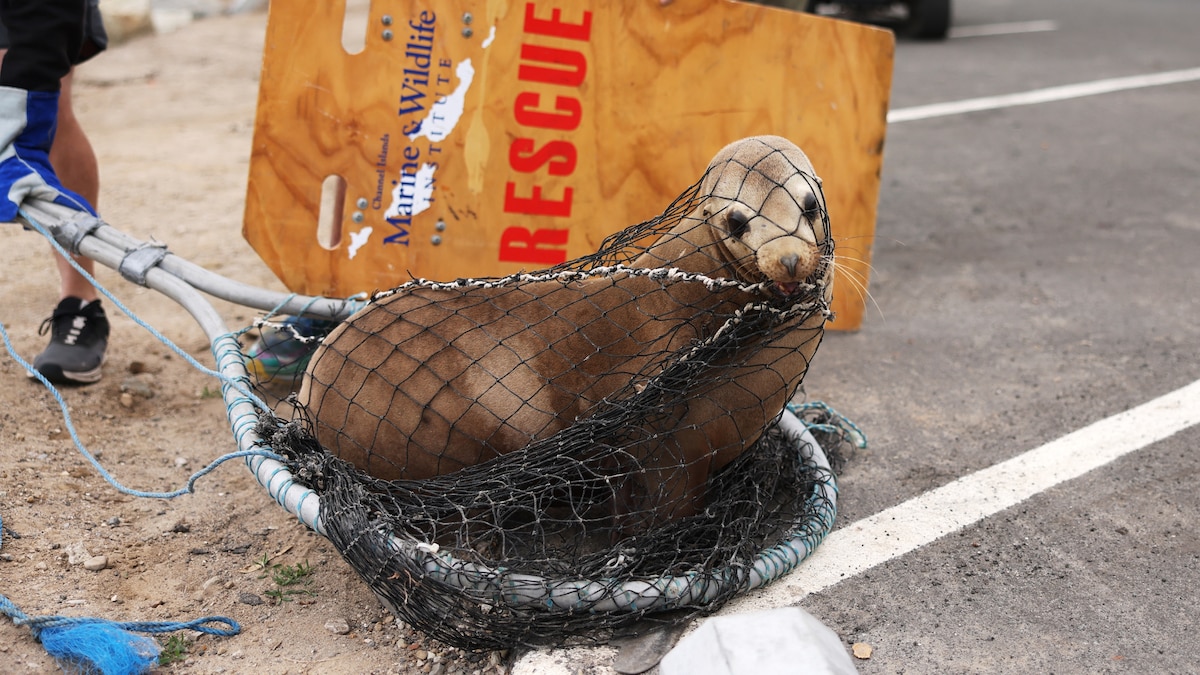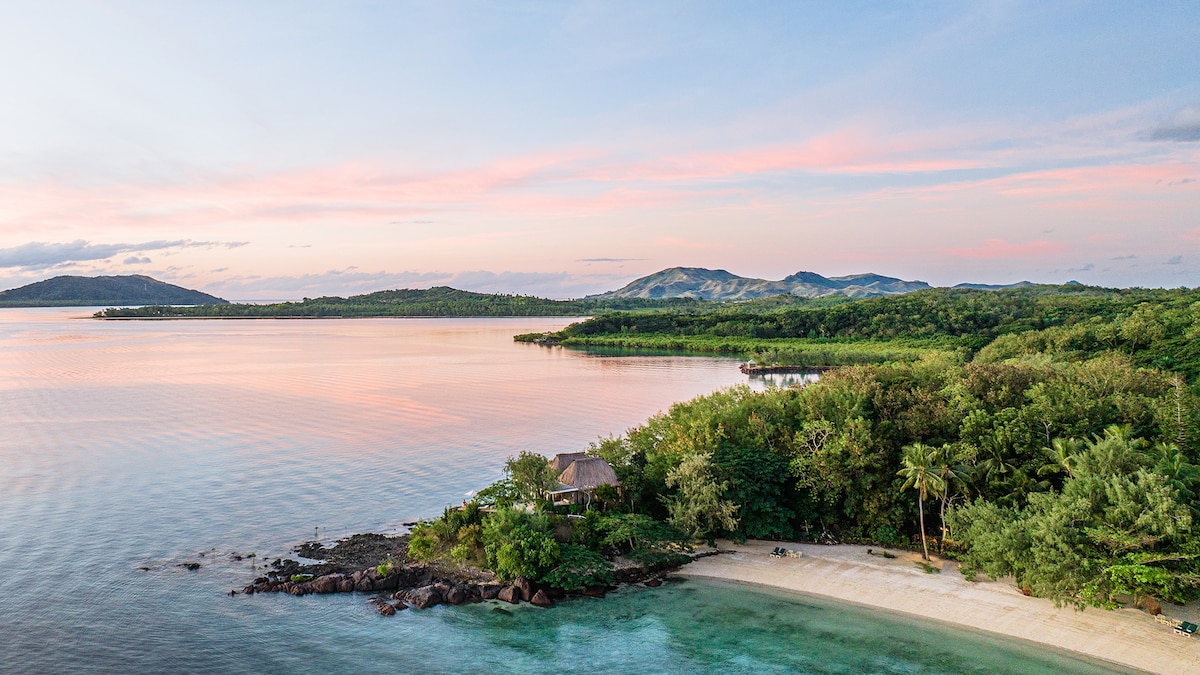Now Reading: California Sea Lions Face Poisoning Crisis, Misunderstood as ‘Demonic
-
01
California Sea Lions Face Poisoning Crisis, Misunderstood as ‘Demonic
California Sea Lions Face Poisoning Crisis, Misunderstood as ‘Demonic

Quick Summary
- Photographer RJ LaMendola was bitten by a sea lion while surfing near Los Angeles, likely due to neurotoxins caused by harmful algal blooms affecting marine animals in Southern California waters.
- Harmful algal blooms from diatoms (Pseudo-nitzschia) release domoic acid, causing neurological damage and altering animal behavior.
- Reports indicate hundreds of affected sea lions and dolphins along teh coastline, with experts associating behavioral changes like aggression to neurotoxin exposure.
- The toxic bloom stretches about 370 miles and has appeared earlier than previous years, raising concerns about its increasing regularity since 1991.
- Neurotoxin exposure can lead to permanent brain damage in marine mammals, affecting memory, navigation abilities, and reproduction. Rehabilitation efforts are ongoing but challenging.
- Officials encourage beachgoers to keep their distance from stranded or sick animals for safety reasons.
Indian Opinion Analysis
India faces its own challenges with coastal ecosystems impacted by algal blooms-such as red tides-and this case highlights the potential risks posed by environmental factors on both wildlife and human communities. The interplay between nutrient upwelling processes and anthropogenic factors like wildfires may hold lessons for India’s coastal management strategies. Effective mitigation is vital as climate change intensifies conditions conducive to such harmful events globally.
Additionally, india’s burgeoning ecotourism industry must heed cautionary tales like these when promoting ocean-based activities near vulnerable ecosystems. Partnerships between research institutions and fisheries have proven beneficial hear; investing in similar collaborative research domestically could help predict outbreaks more accurately while safeguarding marine biodiversity long-term.

























